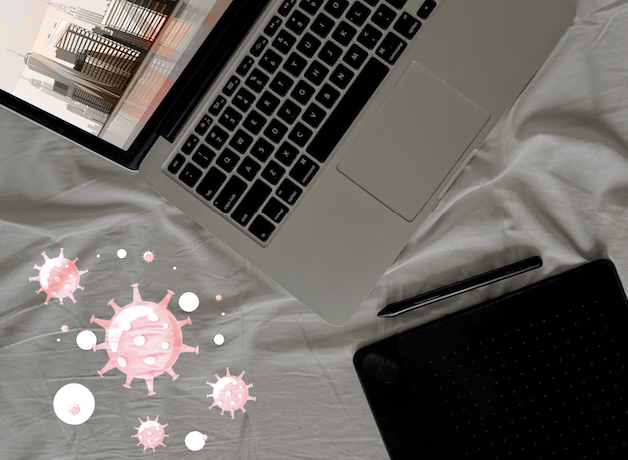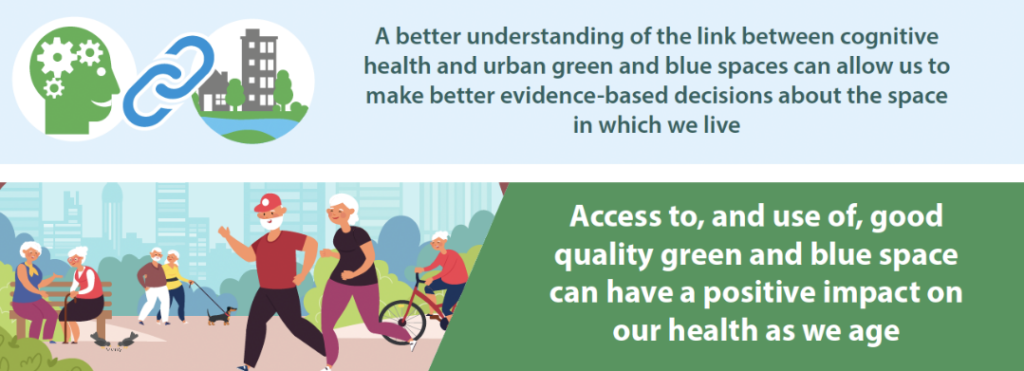City Know-hows

Target audience
Urban researchers and specialists (urban planners and designers), policy-makers, municipalities, as well as general audiences, particularly those interested in healthy cities and public health.
The problem
The COVID-19 outbreak resulted in severe consequences in the medical field and other areas, including urban planning, education, society, economy, etc. These effects put people’s lives at risk around the globe. Although plenty of studies have been carried out in this area, the lack of a comprehensive guide is the main obstacle to adopting appropriate strategies and policies in cities and urban areas.
What we did and why
The aim of this study was to conduct a systematic review of published research articles on ” COVID-19 and urban studies.” This was done by selecting 63 high-quality articles and analyzing their content based on “publisher,” “origin of research,” “methodology,” “scale,” “subject,” and “solutions.” We believe the thematic classification of the investigated topics and the proposed solutions can be helpful and practical tools for urban researchers and policymakers.
Our study’s contribution
In terms of urban design and urban space:
In terms of physical-spatial and social dimensions along with resilience literature:
Impacts for city policy and practice
Planning and designing urban spaces with a focus on social interactions using creative approaches is the priority in urban planning and design. It also requires exploring scenarios based on place, sustainability, and resilience, as well as government policies for public welfare and the use of collaborative design. Thematic recommendations have also been provided in housing and architecture, smart cities and technology, urban management, environmental sustainability, transportation, and socioeconomic issues.
Further information
UN report: COVID-19 in an Urban World; UNESCO: Cities’ responses to COVID-19; WHO: COVID-19 and social determinants of health, Urban Health; UN-Habitat: Urban Health
Full research article:
COVID-19 and cities: a systematic review of early urban studies by Maryam Roosta, Alireza Gholami & Fatemeh Shahvaran
Related posts

Our study sheds light on the evolving dynamics of the Greater Cairo Region, adding depth to the understanding of whether gated communities act as true remedies or reflections of concrete houses. By incorporating a model based on critical factors for mental health, we offer insights into the nuanced dimensions of well-being in the context of urban development. This research contributes to a more comprehensive understanding of the complex interplay between city structure and residents’ overall well-being.

Public health authorities encourage outdoor activity while physical distancing during the pandemic, but could the built form of cities and neighbourhoods support outdoor activity during COVID-19?

It is known that environmental exposures can have negative effects on brain health. We reviewed all the literature examining the effects of environmental exposures on cognitive health. There is a paucity of research on the effects of urban planning, particularly regarding things like active travel and green space accessibility.